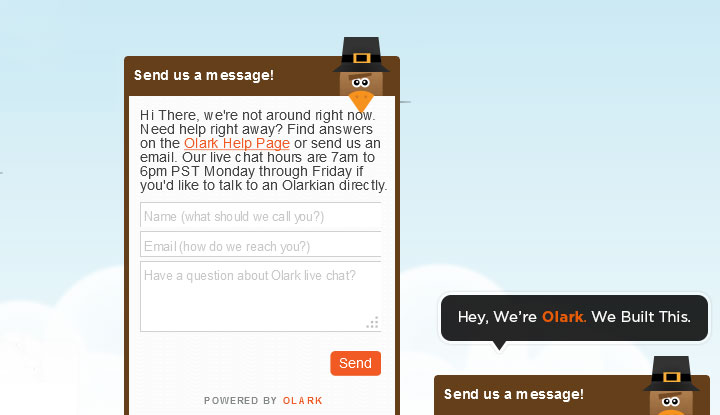With the advent of the information age, many communication tools were consequently innovated, and one of them that proved to be efficient is live chat.
Many business owners may have noticed that static content on their websites, most of the time, is not enough to convince users to make a purchase. It could also be the case that an FAQ section may be insufficient to answer all inquiries.
Therefore, live chat software, the transmission of real-time messages, is a possible solution since it meets the need for interactive customer support. You may be familiar with the pop up chat box available on websites, allowing the users to interact with a company representative, generally seen in e-commerce sites.
Pros and Cons of Live Chat Software
Research conducted by ATG Global Consumer Trend revealed that 90% of respondents find live chat a big help. Furthermore, another study by Emarketer.com revealed that 63% of respondents were very likely to visit a website because of its live chat feature, while 38% said that live chat interaction led them to purchase something from the site.
But like any other tool, live chat also has its setbacks along with the perks. The key is learning where and how to utilize live chat to maximize its potential. Here are the pros and cons of using live chat for your online customer service efforts:
Pros of Live Chat Software
-
Time efficient
Solving customer inquiries may be a lot faster using live chat since responses are delivered in real-time, unlike email. This is also convenient for your agents as well as customers, since both could do other things while waiting for each party to respond. Since conversations are done in writing rather than speech, there would be very little need for repetition as conversations are recorded in a chat box. Also, customers can copy and paste chat conversations for future references, or you can share a manuscript via email.
-
Cost effective
The fast paced nature of live chat helps businesses do more with less. Customer service teams can ramp up their productivity with live chat, which can cut costs on hiring extra manpower. Moreover, live chat has the potential to improve sales, as shown in a case study by Surge Marketing Inc. The study illustrates how a company’s sales increased by 300% since adopting live chat software on their e-commerce site. The trick is to give people answers to their questions in order to gain trust and confidence that their purchase will be worthwhile.
-
Less tongue lashing
Many customers who call your customer service agents could be angry, caused by dissatisfaction. Agents are at the front lines of receiving a good tongue lashing from customers, since angry people generally have a tendency to deliver sharp words and heavy criticism. However, your customer service team members are human beings, with feelings too, and too much negativity can take its toll, making them unhappy and unproductive. Live chat can lessen the impact of this kind of occupational hazard.
-
Easier collaboration
Customer service agents may forget details regarding a certain promotion, policy, or other important detail that a customer requests. To expedite resolutions, your staff can team up by giving each other answers through their individual chat windows. The waiting time for the customer, in this situation, would be minimal since the agents will also be using instant messaging (IM) to exchange information.
© YFS Magazine. All Rights Reserved. Copying prohibited. All material is protected by U.S. and international copyright laws. Unauthorized reproduction or distribution of this material is prohibited. Sharing of this material under Attribution-NonCommercial-NoDerivatives 4.0 International terms, listed here, is permitted.

In this article
We are a diverse group of early adopters, innovators, entrepreneurs, startup enthusiasts, influencers and small business aficionados. Stay connected to YFS Magazine as we share our unique perspectives on startups, small business, and entrepreneurship culture.
Show More






